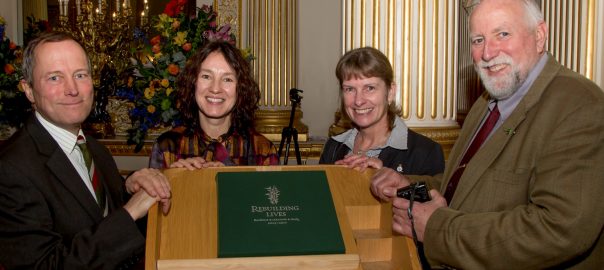Glue handling is one of the trickiest basics in bookbinding, getting glue where you don’t want it can spoil an otherwise lovely binding. So here are a few little tricks to help your glue management.
– Less is more
You really don’t need a huge amount of adhesive for paper, bookcloth and board to stick to each other. You need to find that ‘Goldilocks’ right amount – not too much but not too little.
– Good even coverage
Using a mini paint roller and tray can help to distribute the adhesive more evenly Either foam or emulsion roller work well. If using a large paste brush make sure you are spreading it as evenly as possible.
– Remove excess
Use your apron or a damp cloth to keep your hands and tools clean, when you rub down with your bonefolder you occasionally get excess glue on your tool make sure to remove so you don’t spread it with your next rub down.
– Working efficiently
The quicker and more confidently you can work with adhesive the more control you will have. The longer you take to get things in place the more the materials are stretching and drying out.
– Removing dried glue
If you do get some glue onto bookcloth or paper a crepe rubber can sometimes pick up the excess once dried.
I hope this helps be more neat with your bindings.



